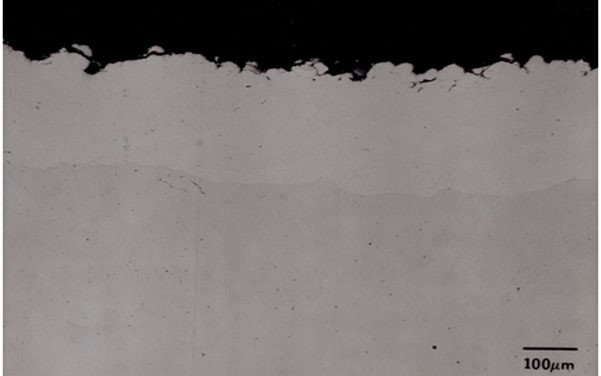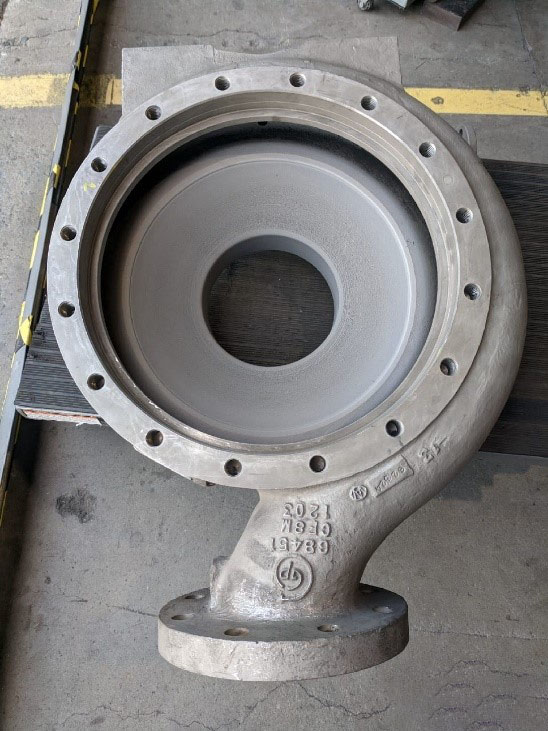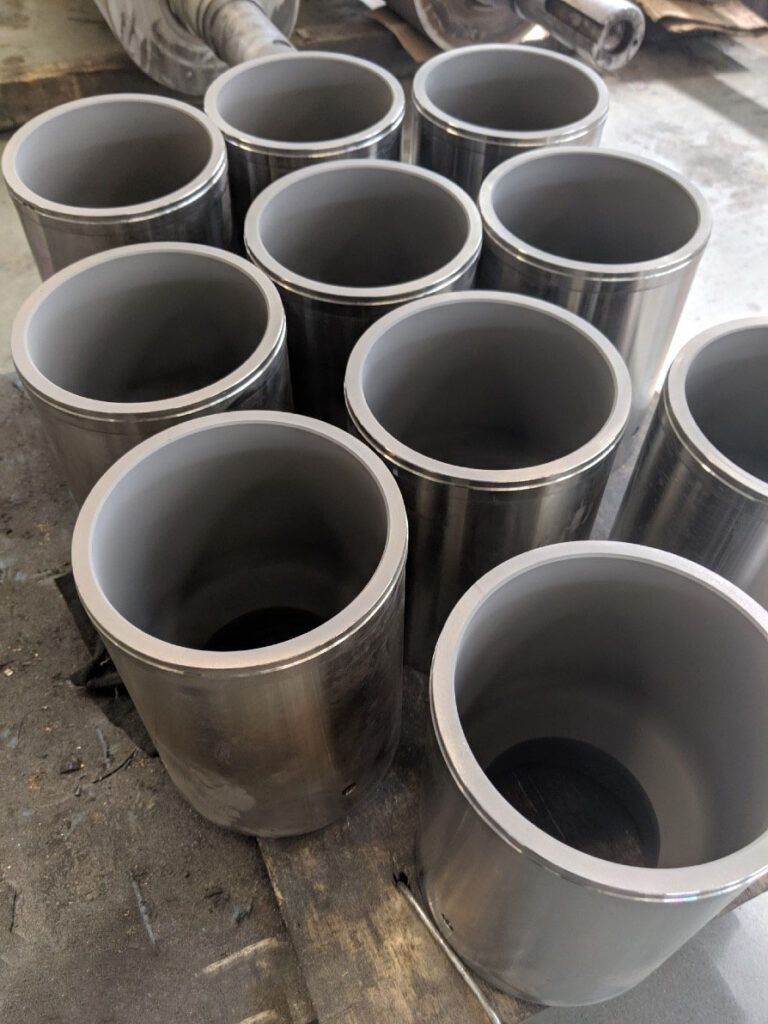
Explorethermal sprays HVOF Hastelloy coatings at our spray shop in Mumbai, Maharashtra, India.

Pre-alloyed powder, gas-atomized.
| Nominal composition | Wt.% |
| Nickel | base |
| Chromium | 16-17 |
| Molybdenum | 16-17 |
| Iron | Max 2.0 |
| Silicon | Max 1.0 |
| Manganese | Max 1.0 |
| Carbon | Max 0.10 |

Used for corrosion protection of:
Certified by Chevron and other international oil and gas companies for corrosion protection of refinery vessels.
| Feature | S.I Units |
| Apparent metallographic porosity | <1.0% |
| Hardness, HRC | 20-30 |
| Bond strength to carbon steel (@500 microns (0.020″) Thk), MPA (PSI) | 80(12,000+) |
| Maximum coating thickness (as-sprayes), mm (inch) | 2(0.080) |

